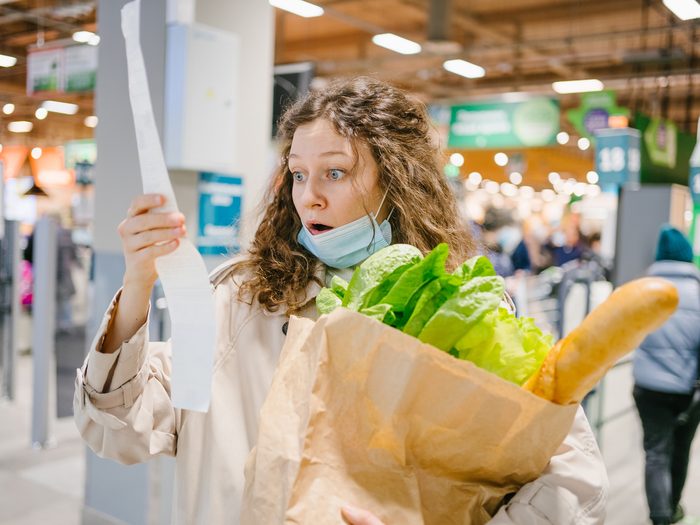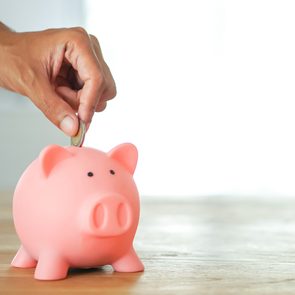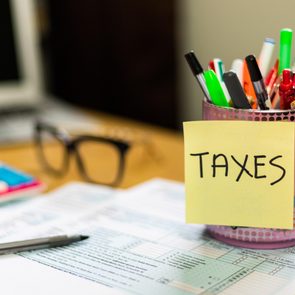Why Is Canada’s Inflation Rate So High—And Will It Come Back Down?

We asked Dalhousie University economics professor Talan Iscan for insights into the causes of Canada's inflation rate increases.
Reader’s Digest Canada: We’ve always had inflation—but why? Is it a good or a bad thing?
Talan Iscan: Inflation is the rate at which the prices of goods and services increase over time, so people tend to think of it in negative terms—things getting more expensive is bad. But a modest amount of inflation is a sign of an economy in which demand is greater than supply, which raises the value of goods and services. This typically corresponds to low unemployment and, depending on several other factors, can also indicate prosperity. When prices drop, it’s usually due to low demand and is a sign of a recession or depression, which usually leads to high unemployment. The ideal inflation rate ranges between zero and five per cent. If we were to suppose that inflation was at two per cent, a pack of gum that costs one dollar this year would cost $1.02 next year.
Canadian inflation hit a 30-year high—5.7%—back in February 2022, and has been increasing since. Why is inflation so high in Canada? Is it because of the pandemic?
Yes and no. The drivers of the current inflation rate are a perfect storm of several factors, some of which began well before the pandemic. They include the 2008 financial crisis and trade wars between the U.S. and China, which resulted in tariffs on Chinese goods that have meant higher prices for North American consumers. Overall, the last few years have brought a skepticism toward the “global economy” model, with China increasingly looking to increase its own domestic demand rather than sell goods at low prices to the rest of the world. That move prompted supply-chain disruptions, then the pandemic came along, further hindering supply chains and resulting in a huge amount of pent-up consumer demand.
Can you give us an example of how inflation works with one commodity?
If we look at the price of beef, which is up by 14 per cent, you can look at droughts that happened in Western Canada and the U.S. last summer, putting a huge dent in supply. And then there were supply-chain issues attached to the pandemic, as well as labour shortages. So suddenly you have less beef, which means greater demand, which means suppliers will charge more and retailers will pass that increase on to consumers. That is a fairly local example, but then you take something like the spike in gas prices; that involves a whole bunch of global factors including, now, the U.S. ban of Russian oil.
Would a more conservative approach to government spending during the pandemic have saved us from the currently high level of inflation?
Fiscal spending has definitely been a factor, but that money was largely spent on the most vulnerable groups—and where would we be now if these people had not received the help they needed? Certainly there would be less demand, but we would have higher unemployment numbers because many businesses would not have survived. Would that be a better Canada? I don’t think so. But yes, you can point to our government’s spending if you’re talking about homegrown industries and goods.
So what’s next? Will this get better?
The hope is that, as pandemic restrictions are lifted and our supply-chain issues are resolved, we’ll be able to keep a robust demand while stimulating supply. The other thing is that inflation itself could have a cooling effect: more than half of Canadians are feeling the rising costs of goods and services in their wallets, so that’s going to have an impact on their purchasing power. And recently we are seeing the Bank of Canada attempt to tackle the demand side of the equation by hiking interest rates. That will have an immediate effect on anyone with a mortgage, car payments, debt and ultimately on the economy as a whole. But there is concern around anything that would restrict demand while we’re still coming out of the pandemic, so it’s really about finding the right balance.
Next, discover the best shopping apps to save money on groceries.






